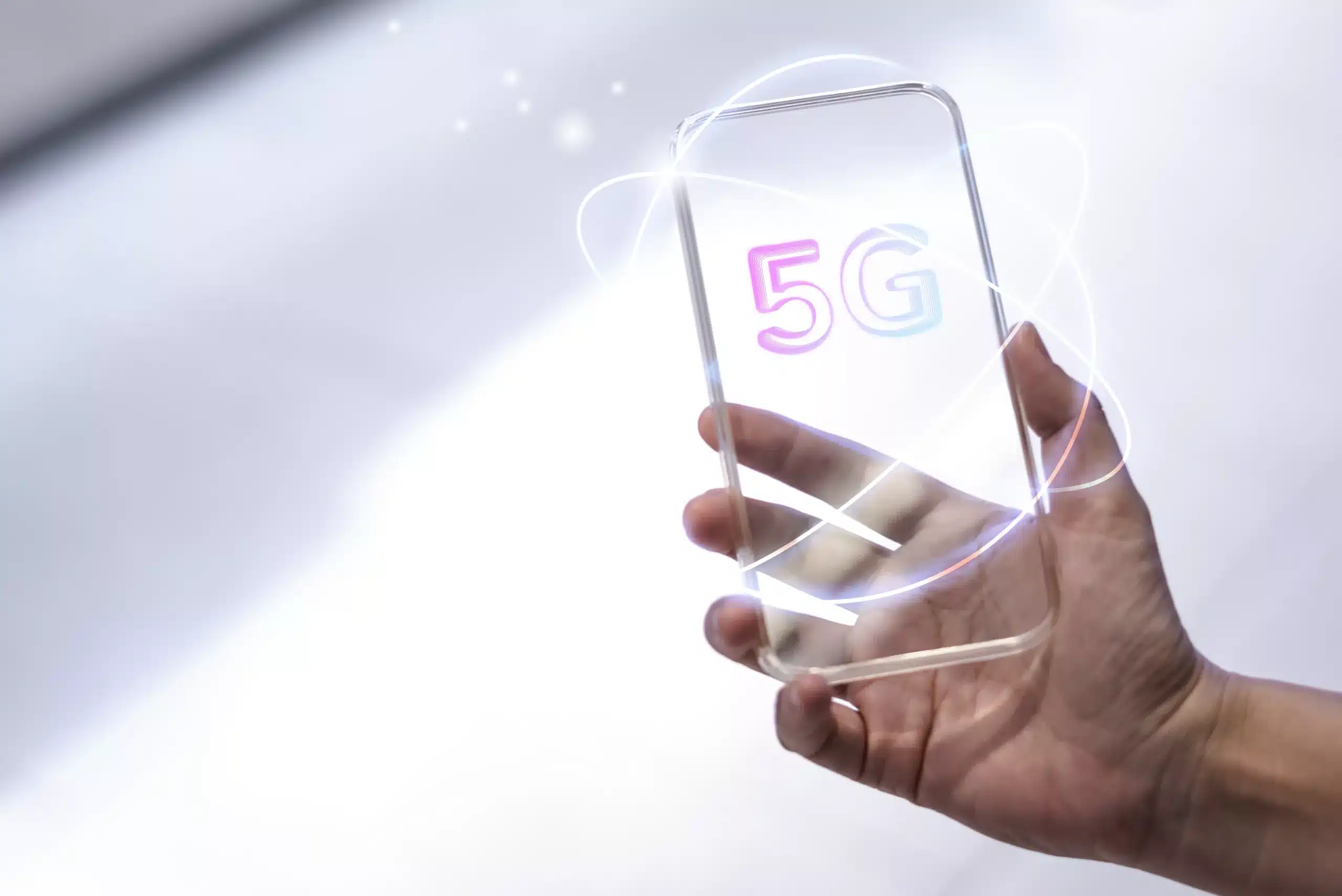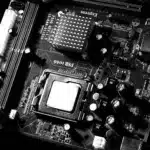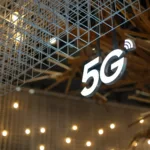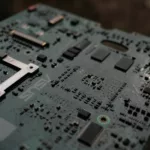
Introduction
The ongoing wave of technological transformation has driven the rapid evolution of 5G and the Internet of Things (IoT). The amalgamation of these technologies offers exciting promise in IoT in terms of speedier and more efficient data processing, revolutionising multiple industries. Enter edge computing— a transformative solution that operates in synergy with 5G to unlock the full potential of IoT devices. This article guides you through how edge computing can enhance real-time data processing in IoT when paired with the capabilities of 5G.
Introduction to Edge Computing and 5G IoT
Edge computing and 5G are both integral components in the future of IoT. It is a phenomenon of pushing computational functions in proximity to the data source–rather than in a centralised data center (cloud server). Edge could be an IoT device, a router, or other gateway devices generating data. Edge computing aims to minimise latency, reduce the strain on bandwidth, enhance privacy and security, and support real-time data processing—a critical need for many IoT applications.
5G, the latest advancement in wireless technology, ensures efficient data download and upload speeds, wider coverage, and more stable connections. When combined with IoT, it can support a myriad of interconnected devices, paving the way for smarter, more responsive technology ecosystems.
The Symbiotic Relationship of 5G and Edge Computing: Bringing Crucial Advantages
The fifth generation 5G mobile networks promises seamless connectivity for IoT devices, making real-time data transfer a reality. Some of the fruitful advantages of the nexus of 5G and edge computing include:
- High Speed with Reduced Latency: One of the primary benefits of combining Edge Computing with 5G is the incredibly higher data speeds (up to 10 Gbps) and significant reduction in latency. Processing data at the edge, combined with the lightning speed of 5G, ensures real-time or near-real-time responses.
- Enhanced Security: Processing data locally can reduce the risks of data breaches during transmission to a centralised server.
- Bandwidth Efficiency: Transferring raw data consistently from devices to a central cloud can strain network bandwidth. Edge Computing save bandwidth by processing most data locally–only sending essential information to the cloud.
- Scalability: With 5G’s capacity to connect myriad devices simultaneously and edge computing’s decentralised nature, scaling up IoT deployments becomes easier and more efficient.
The Fusion of Edge Computing with 5G IoT: Exploring Real-world Applications
Combining bespoke technologies offers solutions to many of the challenges, enhancing real-time data processing in today’s data-driven industries, such as:
- Healthcare – Wearable devices and remote surgeries can benefit from faster data transmission, ensuring timely medical interventions and patient monitoring.
- Automotive Industry – Autonomous vehicles like cars that can communicate with each other and their surroundings necessitate instantaneous data processing. The fusion of 5G and edge computing provides the requisite speed and reduced latency for safer autonomous navigation.
- Smart Cities – From traffic management to utility consumption monitoring, edge computing in 5G IoT can optimise data processing in real-time, leading to more efficient city management.
- Agriculture – Smart farming equipment can monitor soil health and atmospheric conditions, making on-the-spot irrigation, fertilisation, and more decisions.
- Manufacturing – Real-time data processing on the factory floor can optimise machine performance, predict maintenance needs, and enhance production efficiency.
Edge Computing in 5G IoT: Key Challenges and Considerations
Despite its potential, integrating edge computing with 5G IoT is not without challenges, such as:
- Infrastructure Development: 5G promises faster speeds, but its implementation necessitates a denser network of smaller antennas, demanding significant infrastructure investments.
- Complexity: Implementing edge computing can make the architecture more complex, requiring advanced management, protocols, and orchestration solutions.
- Interoperability: As the IoT ecosystem is vast and diverse, ensuring all devices and systems work seamlessly can be challenging.
- Maintenance: With computing resources distributed across many locations, maintaining and updating those resources can be more challenging than in centralised models. These challenges require robust management systems, infrastructures, and standard interfaces.
Conclusion: The Future of Edge Computing in 5G IoT
As the world becomes more interconnected and data-driven, the synergy between edge computing and 5G in IoT is significant in shaping the future of technology. The intersection of has the potential to revolutionise IoT. By decentralising processing power and pairing it with the high speeds and reduced latencies of 5G networks, the capabilities of IoT devices and applications can be significantly enhanced. While challenges exist, the potential benefits in terms of speed, efficiency, and responsiveness are undeniably transformative in years to come.





















